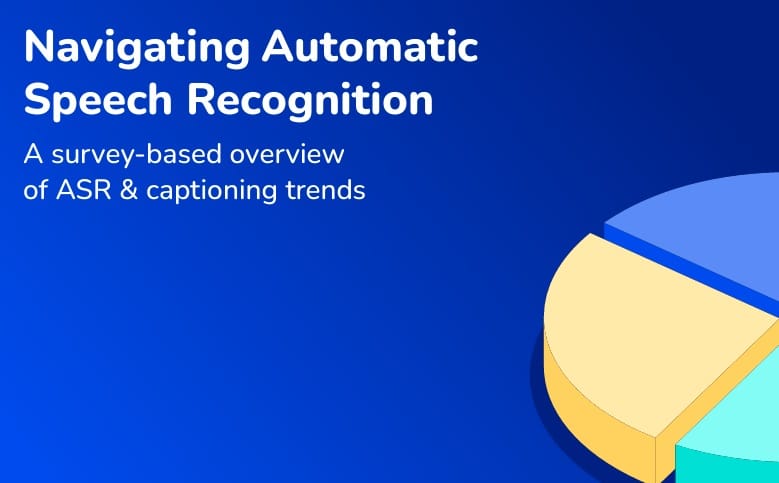Learning Management Systems (LMS) have played a pivotal role in higher education’s teaching models. Using an LMS gives companies the ability to train anyone, anywhere and ultimately improve workplace performance.
Aside from academic purposes, LMS has reached the corporate world now as well, with an estimated 73.8 million users worldwide. The use of an LMS has enabled substantial growth in eLearning and driven a notable improvement in content delivery in corporate settings. Flexible and personalized programs delivered by today’s LMS options allow eLearners and workers to fully thrive in online environments.
So what is an LMS? What are the advantages of investing in one, and most importantly, how should you choose an LMS best suited to your needs?
What is a Learning Management System?
A Learning Management System is a software that handles all aspects of the learning process. LMS platforms are essentially a repository where you can store, deploy and track online training content. All training modules and content are then easily accessible and housed under the same ‘roof’.
An LMS makes life easier for those that oversee training and development by allowing assets to be uploaded in one place. Remote learners can then easily access the materials and study on their own time. Anyone can access training resources uploaded to an LMS wherever they are, so long as they have a login and password.
As well as delivering content, an LMS is also capable of handling onboarding, compliance and skills gap analysis.
The benefits of LMS platforms
LMS platforms come with numerous capabilities and benefits, including:
- Safe storage of big data – An LMS is safely encrypted and allows large quantities of data to be gathered in one place.
- Meet compliance – With some industries requiring training and assessments for compliance purposes, an LMS can help satisfy these requirements.
- Track learner progress – Training reports can easily be generated from built-in analytics for both students and users. This can be used to track goal progress, ROI, engagement levels, assessment results and more.
- Improve eLearning accessibility – With the move to hybrid or remote learning since the onset of COVID-19, there’s never been a greater need to mass deploy and track online training resources. An LMS enables this on a global scale so that learners and teachers can stay up to date with one tool.
Learning management system examples and use cases:
LMS platforms aren’t just used by educational institutions to incorporate eLearning training or teach courses remotely. The platforms can also be useful for businesses, and most notably, to enhance employee training. The platform eliminates all the costs associated with traditional training methods, such as travel fees, site rentals and printing materials.
If you aren’t sure if an LMS is worth the investment, sift through a few learning management system examples below to get an idea of the platform’s capabilities.
1. Educational
With the move to blended learning environments in 2020, there’s never been a more important time to implement LMS. Be it in school, college or even a one-off workshop, an LMS will help you provide eLearning materials and complete online courses to aid both teachers and students studying remotely. The performance of each student can be tracked, individual paths for personalized learning can be created and automated notifications can be blasted. Using an LMS, students can attend video sessions or study independently between classroom sessions.
2. Employee training
Companies can use a training management system to build and deploy online training materials to bolster employees’ professional development. Providing employee training leads to increased employee satisfaction, performance and most importantly, higher retention rates. Materials aren’t limited geographically when using an LMS, meaning those working remotely or simply located in another office location can also take advantage of the training materials.

3. Sales training
When it comes to using a training management system to train an organization’s sales team, it’s important that they know the product’s or service’s main features and benefits inside out, no matter how complex they may be. This is where an LMS comes in. Businesses can use an LMS to deploy online training resources that can be easily accessed by external sales channels or brand partners. With easily accessible and digestible material to hand, salespeople can then pass its contents on to consumers to increase sales.
4. Compliance training and onboarding
With company policy, rules and regulations being an integral part of an online training strategy, it’s important that employees are aware of all the latest compliance protocols. An LMS can help a company to deploy online compliance training courses to a global workforce. Better yet, an LMS keeps accurate records of everything so that the company can avoid costly fines and be audit-ready 24/7.
How to choose an LMS & what to consider
Purchasing an LMS is a strategic investment. It’s no secret that it takes a little time and money to set up an LMS, but the fruits of your labor will be well worth it. You just need to make sure you choose the right one for your organization. With a daunting number of LMS providers available, it’s important to thoroughly understand your organization’s needs before selecting one.
Once you’ve defined your specific needs, consider the following core areas:
Technical specifications
When choosing an LMS, it’s important to evaluate how the system will be integrated into your current technology or software. For example, Verbit’s captioning and transcription software integrates seamlessly with well-known LMS and e-learning platforms such as Blackboard, Canvas and Brightcove.
You’ll also need to think about how the LMS will be used. For example, will it be primarily accessed through desktop, tablet or via mobile devices? Keep an eye out for an LMS that supports your audience’s preferred device.
Management capabilities
A top-notch LMS should be capable of tracking and recording sessions be it a class or training activity. The system should be able to provide notifications for management when issues arise so they can be dealt with accordingly.
Analytical capabilities
It’s important that you’re able to gauge the effectiveness of your learning or training programs. An effective LMS should have flexible reporting and analytical capabilities that align with your objectives. Customizable and visual reports will help you to better understand the effectiveness of your course or training programs, how engaging they are, and more importantly, allow you to better adjust them.
Usability and engagement potential
Training materials should be easily accessible and intuitive for learners. Courses with visually appealing dashboards are far more likely to attract visual learners. Better yet, some LMS can deliver training through quizzes, badges and leaderboards to drive even higher engagement. Since turning on gamification features across its e-learning platforms, The Academy LMS saw a 50% increase in traffic, highlighting the importance of adding a competitive component to learning and training.
Lastly, when choosing an LMS for the first time, it’s always best to ask the providers’ sales rep all of the important questions before fully committing. Most notable, it’s critical to know whether or not the system integrates with your current workflow. Many also offer free trials, so be sure to make the most of those opportunities before making a final decision.
For more guidance on selecting an LMS and how to incorporate accessibility tools into your LMS of choice, feel free to contact us.




